As an Amazon Associate, I earn from qualifying purchases. In addition, I participate in several other affiliate programs that allow me to earn while I recommend products I love.
Bread is a staple food in many households, but it can be frustrating when it starts to mold before you can even finish the loaf.
The good news is that there are several ways to keep bread from molding, whether you buy it from the store or bake it at home.
In this guide, we’ll explore the science of mold growth on bread and provide practical tips for extending its shelf life and preventing mold on bread.
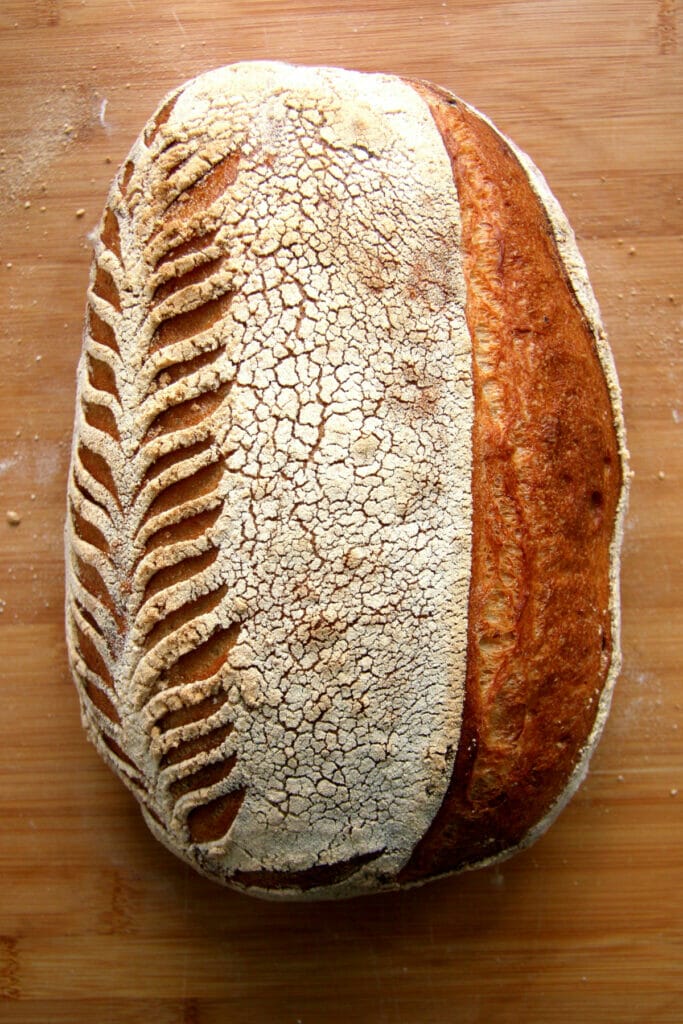
Understanding the Science of Mold Growth on Bread
Mold is a type of fungus that grows in warm, damp environments.
Bread provides an ideal breeding ground for mold because it is moist and contains carbohydrates that the mold can feed on.
Mold spores are all around us, but they need the right conditions to grow.
Once mold has started to grow on bread, it can quickly spread and make the entire loaf inedible.
So what’s the answer to how to stop bread going moldy?
Proper Storage to Prevent Mold Growth
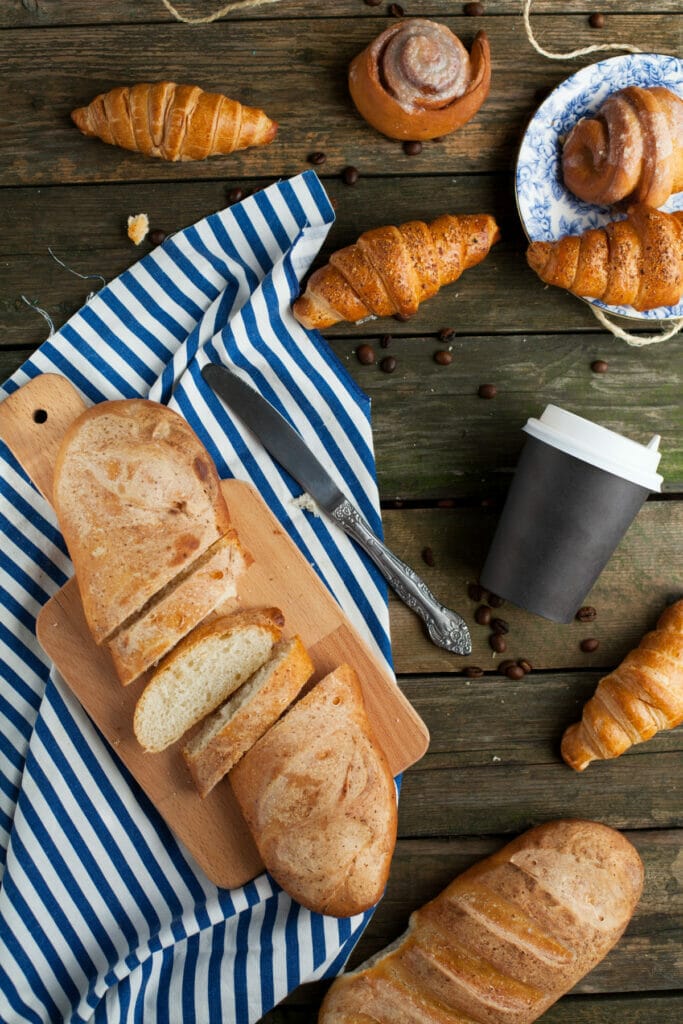
The key to preventing mold growth on bread is to store it properly.
Bread should be stored in a cool, dry place, such as a bread box or pantry.
Avoid storing bread in the refrigerator, as this can cause it to dry out and become stale.
Bread should also be stored in airtight containers or plastic bags to prevent moisture from getting in.
The best way to store bread is to wrap it in a clean kitchen towel or cloth bag, which will help to absorb any moisture that may accumulate.
Tips for Extending Bread Shelf Life
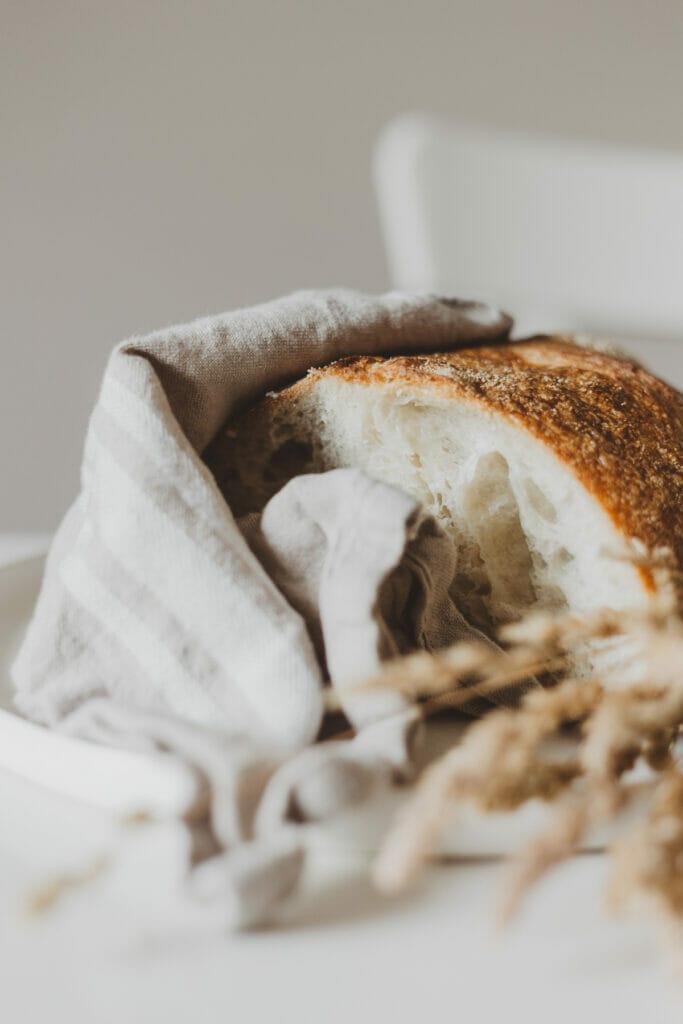
If you find that your bread is going stale or molding quickly, there are several things you can do to extend its shelf life.
One simple tip is to slice the bread and freeze it.
This will prevent mold growth and make it easy to thaw out just the amount you need.
You can also try adding preservatives like vinegar or lemon juice to the bread dough to prevent mold growth.
Another effective way to extend the shelf life of bread is to store it in the fridge.
However, you should wrap it tightly in plastic or foil before refrigerating to prevent it from drying out.
How to Freeze Bread to Prevent Mold
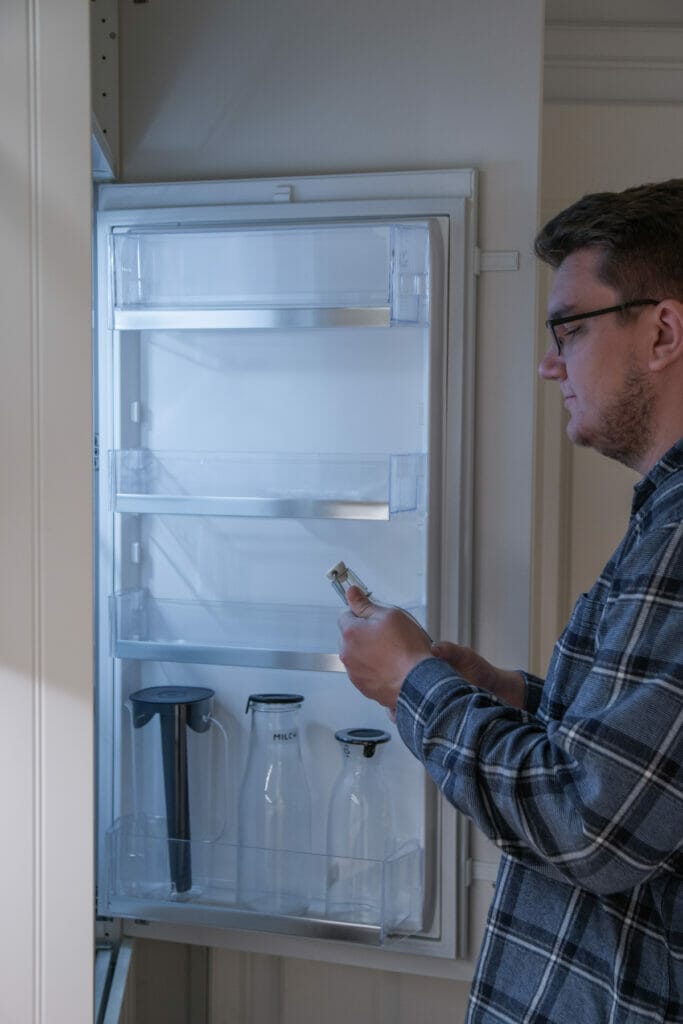
Freezing bread is an excellent way to prevent mold growth and extend its shelf life.
To freeze bread, slice it first and then wrap it tightly in plastic wrap or aluminum foil.
Make sure to remove as much air as possible before sealing the wrap.
You can also use a freezer-safe container or resealable plastic bag.
When you’re ready to eat the bread, simply thaw it out at room temperature or in the microwave.
If you’re in a hurry, you can also toast frozen bread directly from the freezer.
Homemade Bread Preservatives
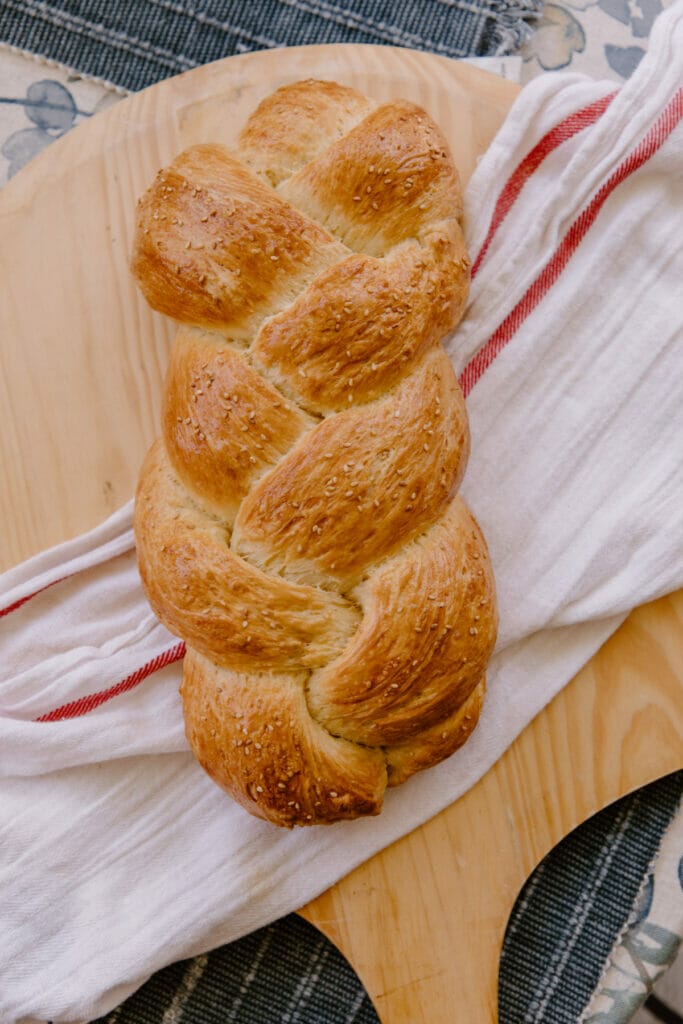
If you’re someone who likes to bake their bread at home, there are several natural preservatives you can use to prevent mold growth.
So, let’s learn how to prevent homemade bread from molding!
For example, you can add a teaspoon of vinegar or lemon juice to the bread dough before baking.
You can also add honey, molasses, or sugar to the dough to create a more acidic environment that mold cannot thrive in.
Another option is to add a small amount of baking powder, which will help to create a more alkaline environment that mold cannot grow as well in.
Alternative Storage Solutions to Keep Bread Fresh
If you don’t have a bread box or pantry, there are several alternative storage solutions you can try to keep your bread fresh.
One option is to store it in the microwave, which will keep it cool and dry.
You can also store bread in a paper bag or wrap it in a tea towel and store it in a cool, dry place.
Another option is to store it in a bread drawer or basket lined with a clean cloth or paper towel to absorb any excess moisture.
What to Do with Moldy Bread
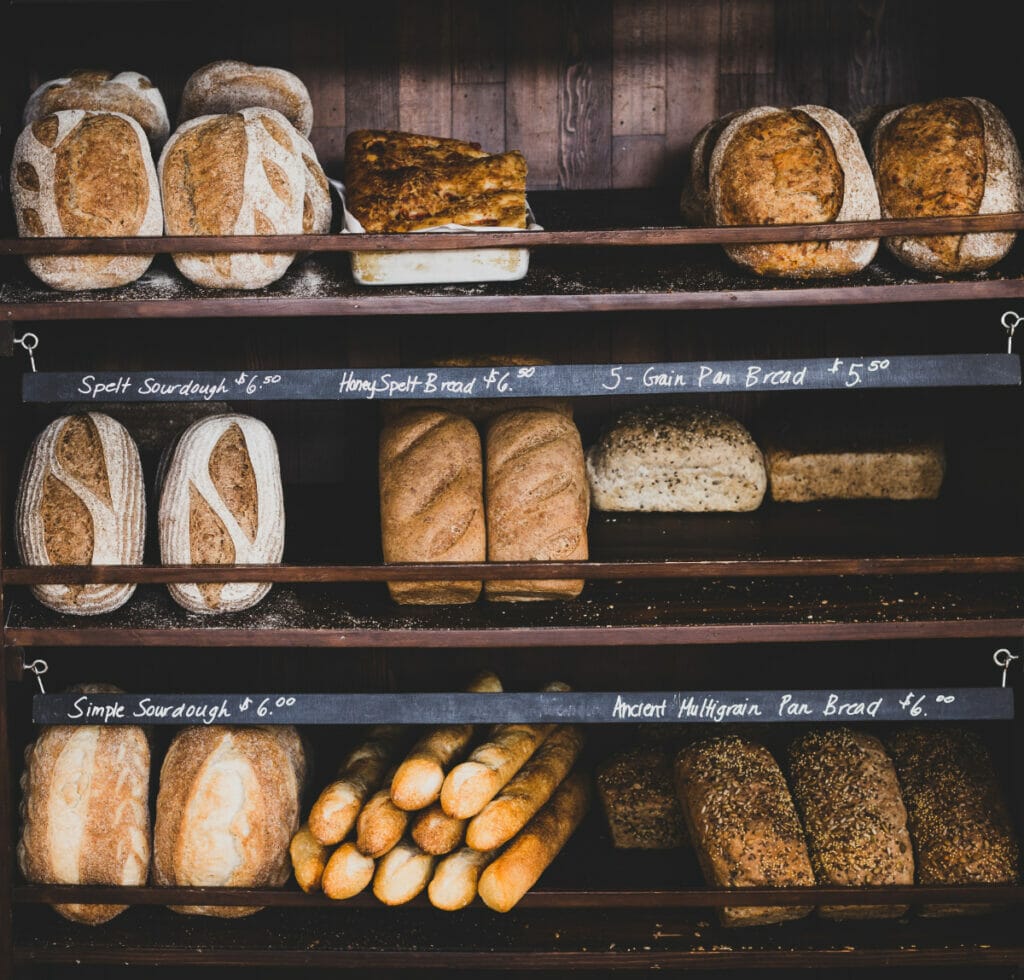
If you haven’t gotten to it in time to figure out how to stop bread from molding and you do find mold on your bread, it’s important to dispose of it properly.
Mold can produce toxic substances called mycotoxins, which can cause allergic reactions and other health problems.
Do not attempt to remove the mold and eat the bread, as the mycotoxins can penetrate deep into the bread.
Instead, throw away the entire loaf, including any slices that may have come into contact with the mold.
In summary, preventing mold growth on bread is all about proper storage and using preservatives to create an environment that is less conducive to mold growth.
By following these tips, you can extend the shelf life of your bread and reduce waste.
So the next time you buy or bake a loaf of bread, remember to store it properly and add a little vinegar or lemon juice to the dough to keep mold at bay.
